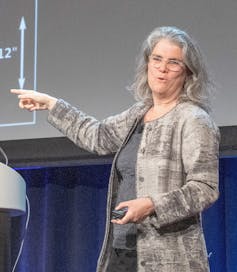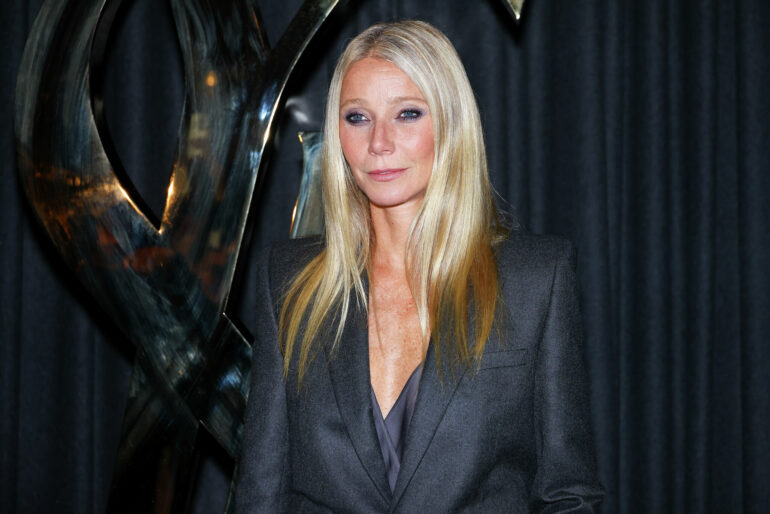Out of 225 people awarded the Nobel Prize in physics, only five have been women. This is a very small number, and certainly smaller than 50% – the percent of women in the human population.
Despite several studies exposing the barriers for women in science and the many efforts to increase their representation, physics continues to be a male-dominated field. Only 1 in 5 physicists are women, a number that has not moved since 2010.
Three of the five Nobel Prizes in physics awarded to women have been in the past decade. As a woman physicist, seeing three women join the cadre of Nobel laureates in Physics in just a handful of years is beyond exciting.
Nobel Prize-winning work
The three woman physicists receiving Nobel Prize honors in the 21st century are Donna Strickland, who won in 2018, Andrea Ghez, who won in 2020, and Anne L’Huillier, who won in 2023. All three made important contributions to science.
Strickland, a physicist from the University of Waterloo, won the award for her work on lasers, implementing a method called chirped pulse amplification.
Ghez, an astrophysicist from UCLA, got the Nobel for her work observing stars, especially those near the center of the Milky Way.
L’Huillier, a physicist from the University of Lund, received the 2023 Nobel, also for her work with lasers.
What are some common threads in their lives?
Being a minority in a research field isn’t easy. Sticking with it long enough to have a storied career, as the three winners have, is a huge accomplishment. Since winning the prize, the three winners have recounted their research journeys and offered advice to the next generation of physicists in a variety of interviews. I’ve noticed a few common threads.

Nobel laureate Donna Strickland won the prize for her research into laser pulses.
Bengt Nyman/Wikimedia Commons, CC BY
A career in academia is a long haul. All three women emphasize the timescale involved in going from first steps in their research to being recognized by the Nobel committee. L’Huillier refers to it as a long journey.
While winning a Nobel may come with some glamour and notoriety, if you are after a quick reward, this career may not be the right line of work. It now takes an average of 28 years between publishing a discovery and receiving a Nobel in physics.
You cannot predict which basic science topic is going to lead to a Nobel – nor, for that matter, which will end up having any kind of impact. The best an early-career physicist can do is to explore different topics, try new things, lean into discomfort and find something they’re passionate about.

Nobel laureate Andrea Ghez won the prize for her work on supermassive black holes.
BorderlineRebel/Wikimedia Commons, CC BY-SA
All three women talk about how many times they ran into difficulties. Before she got the chirped pulse amplification method to work, Strickland had started to…



